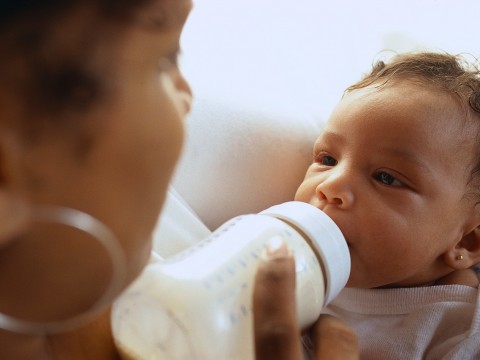For decades, new moms have had two options for feeding their babies: breast milk from the breast or formula from a bottle. With the advent of higher powered, readily available breast pumps, new moms have a third option: giving breast milk through a bottle, also known as exclusively pumping, or “EPing.”
Most moms who are EPing do so out of necessity rather than choice. Some have premature babies too small to take the breast. Some have tongue-tied babies, babies with cleft palettes or babies who have issues sucking correctly via breast or bottle. Almost all have tried every thing they can to breastfeed, but it just didn’t work. Stephanie Casemore, author of “Breastfeeding Take Two,” has been educating women about EPing since doing so for her now 9-year-old son who was born at 31 weeks.

“Exclusive pumping is possible,” Casemore says. “It is possible to both initiate and maintain your milk supply long term.”
EPing is not an easy fix to breastfeeding problems, Casemore warns. In fact, it’s not really an easy fix at all. EPing moms end up with about a double workload between pumping, feeding the baby and cleaning pump parts and bottles.
“The challenge with EPing, at least for me and most of the women I hear from, is the time commitment involved,” Casemore says. “It becomes so taxing. You become so exhausted that you begin to resent the pump.”